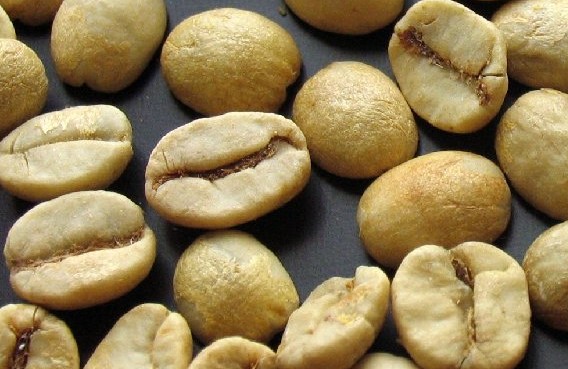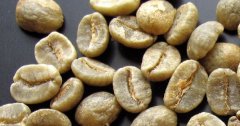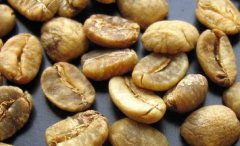Brazilian Coffee Green Bean
Brazil santos coffee green bean
Although Brazil produces 30 to 35 percent of the world's coffee annually, ranking first in the world, no Brazilian bean is considered top-class coffee. Coffee trees abound in the south of Brazil, but only Santos can be brought to the table; most of the other lightly processed beans are used for instant coffee and easy-to-open coffee.
Sandos coffee grows in the Sao Paulo area, named after the export port Sandos, and is a descendant of the Arabica tree that came from the Island of Bourbon (today's French Reunion Island, located in the Indian Ocean east of Madagascar) in the 18th century. Bourbon)。Before the age of three to four years, the boubon coffee tree produces small, twisted beans called boubon sandos, which are the most advanced Brazilian beans and are often referred to as "Brazil" in cafes. After the age of three or four, Bubang coffee trees only produce large, flat beans called Flat Bean Santos, which are cheap and unpopular with coffee people. Bourbon Sandos has no outstanding personality, taste is plain, texture is medium, sour is ordinary, usually used as a base of mixed coffee, specially set off other coffee. But it does have one special feature: it's rich in oil, a welcome bonus for people who don't like to mix Espresso blends with Robusta beans-it promises to give you a thick crema. Low acidity, medium roast coffee from the coffee center of the world. Brazilian coffee, suitable for popular taste.
Baking method: medium baking
Taste: Mild, moderately sour and bitter, soft aroma

Important Notice :
前街咖啡 FrontStreet Coffee has moved to new addredd:
FrontStreet Coffee Address: 315,Donghua East Road,GuangZhou
Tel:020 38364473
- Prev

Introduction to Colombian Coffee Raw Bean
Columbia Coffee Raw Bean Colombia coffee green bean Columbia Coffee is one of the few plain coffee sold in the world under the name of the country. In terms of quality, it has won praise unmatched by other coffee. The country is the world's largest exporter of Arabica coffee beans, while robusta coffee is rarely grown. It is also the world's largest washed coffee bean (Washed)
- Next

Introduction to Famous Coffee Green Beans Indonesia Aged Mantenin Green Beans
Indonesia's Sumatra Islands produce coffee because of its unique geographical location, climate, latitude and longitude. Indonesian coffee has a higher alcohol, and weak sour, strong aroma. The more famous area is the winter forest area. Mantenin is also a representative of Indonesian coffee. It is worth mentioning that some coffee
Related
- Guji coffee producing area of Guji, Ethiopia: Humbela, Shakiso, Wulaga
- What is the most expensive variety of Qiloso in BOP multi-variety group?
- How to store the coffee beans bought home?
- Why are Yemeni coffee beans so rare now?
- Ethiopian Sidamo all Red Fruit Sun Sun Santa Vini Coffee beans
- SOE is mostly sour? What does it mean? Is it a single bean? what's the difference between it and Italian blending?
- Is Italian coffee beans suitable for making hand-brewed coffee?
- How to choose coffee beans when making cold coffee? What kind of coffee beans are suitable for making cold coffee?
- Just entered the pit to make coffee, what kind of coffee beans should be chosen?
- Can only Japan buy real Blue Mountain Coffee? What are authentic Jamaican Blue Mountain coffee beans?

